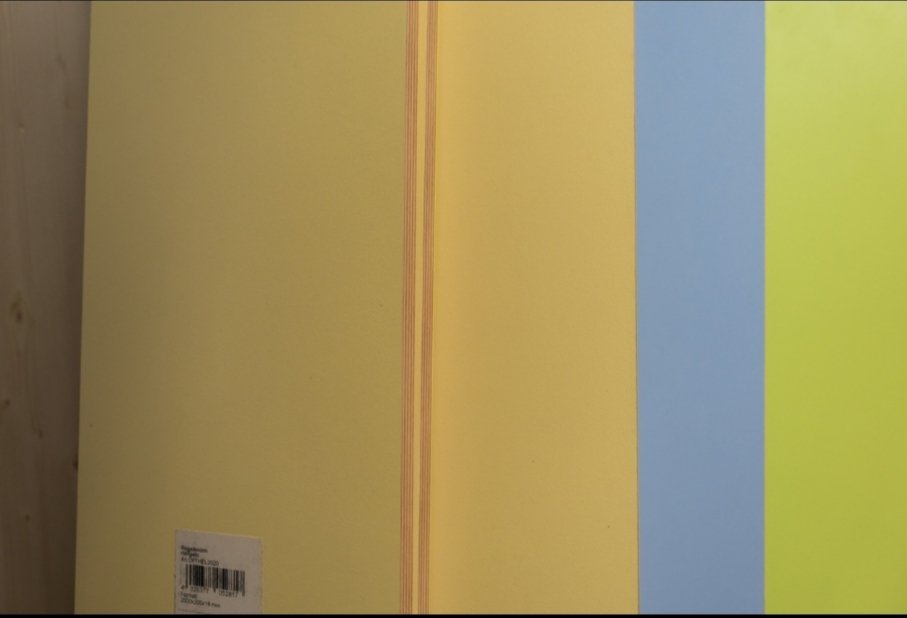Choosing the right material for your renovation project can feel akin to traversing a labyrinth, with medium-density fiberboard (MDF) and particleboard emerging as your primary options. Each strikes its own balance between strengths and weaknesses, which must be understood to make an informed decision that aligns with your project needs, budget, and environmental aspirations.
Contents
Unravelling MDF and Particleboard
An Examination of Medium-Density Fiberboard (MDF)
Pros:
A Smooth Operator: With its sleek, dense surface, high-quality MDF sheets provide an optimal canvas for painting and finishing.
Sturdy and Consistent: MDF’s uniform structure makes it a trusted ally for intricate designs and elaborate carvings.
Jack-of-all-Trades: It’s the go-to for cabinetry, mouldings, and panels owing to its ability to clutch screws and hardware firmly.
Cons:
Water Woes: MDF runs the risk of swelling and warping when faced with water, rendering it less apt for areas with elevated humidity.
Cumbersome Weight: The density of MDF makes it a tad more challenging to work with compared to particleboard.
A Closer Look at Particleboard
Pros:
Pocket-Friendly: Generally more economical than MDF, particleboard is a darling of budget-driven projects.
Feather-Light: Its reduced weight makes it a breeze to manage and transport.
A Green Choice: Often born from recycled wood particles, it offers a sustainable solution for eco-warriors.
Cons:
Fragile Frame: Its durability falls behind MDF, making it susceptible to damage under heavy loads.
Rough Around the Edges: Particleboard cannot match the smooth finish offered by MDF, making it less favoured for painted surfaces.
Contrasting Structural and Aesthetic Attributes
In the design sphere, MDF and particleboard each shine in their unique areas of application. MDF becomes the material of preference for projects necessitating a superior finish and intricate craftsmanship, such as opulent kitchen cabinets or bespoke furniture pieces. Its inherent strength equips it to bear heavier loads and detailed cuts.
On the other end of the spectrum, particleboard’s cost-effectiveness makes it a cinch for utility projects where budget constraints hold sway. It’s a frequent choice for constructing flat-pack furniture and internal fittings, where surface finish plays second fiddle.
Fast-Forwarding to the Future of Building Materials
The domain of building materials is on a fast-paced trajectory, with technology orchestrating a revolution in improving the properties of MDF and particleboard. Ground-breaking strides in production methods and material formulations are paving the path for more durable, water-resistant, and green options.
Innovations like resin technologies are delivering robust binding agents, amplifying the water resistance and structural capabilities of both materials. The industry’s green crusade is also bolstering the use of recycled constituents and eco-friendly adhesives, keeping in stride with broader environmental objectives.
Choosing Wisely
When embarking on the MDF versus particleboard decision journey, contemplate these considerations:
Project Specifications: Scrutinise your project’s unique necessities, such as load-bearing ability, aesthetic finish, and exposure to the elements.
Budget: While MDF tends to offer excellent quality, particleboard could present a more economical alternative for less demanding or less conspicuous applications.
Eco-Footprint: Ponder the environmental repercussions of your choice. Opt for materials that resonate with your green goals, such as those with recycled content or minimal VOC emissions.
Both MDF and particleboard hold a vital place in contemporary refurbishments, each edging out the other on different parameters. By familiarising yourself with the structural and aesthetic facets of these materials and being cognizant of technological progression, you can make a knowledgeable decision that enriches your renovation undertaking. Be it a designer with precision and sophistication in mind or a homeowner spotlighting cost-effectiveness and sustainability, the choice between MDF and particleboard must encapsulate your unique objectives and vision for your space.


